(Starting new page) |
(No difference)
|
Revision as of 22:40, 20 August 2016
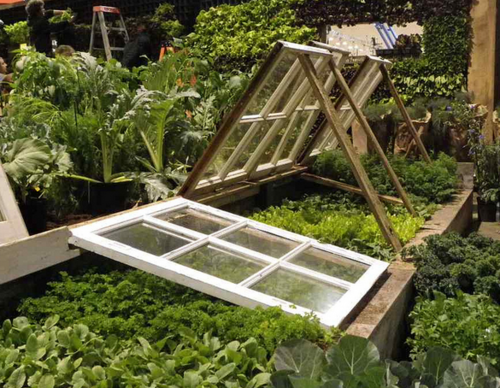
A cold frame (also known as a hotbed) is a way of growing young plants during the cold end of winter or start of spring, keeping them warm to give them a chance to survive and thrive despite the cold. A cold frame consists of a wooden box with a glass lid that can be opened and closed with ease. The cold frame acts as a mini greenhouse which can be opened to take advantage of the day's heat and closed to keep the warmth in at night.
Creating a cold frame
This is often an excellent repurpose project, in that unwanted window frames or glass door with the glass (or perspex/patio plastic sheets) still intact can be reused as the top part of the cold frame. The wooden box can be built from pallet wood or other pieces of wood found around the house, farm or from a salvage source. If you cannot find a window, a frame with glass or perspex can be build from old or new materials.
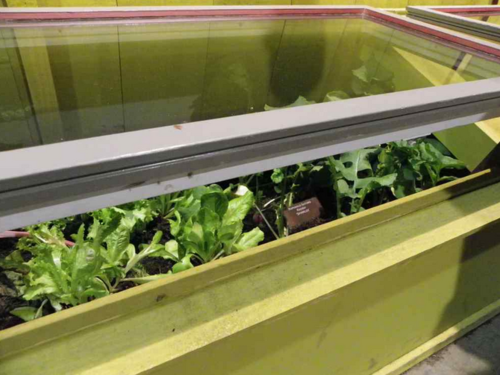
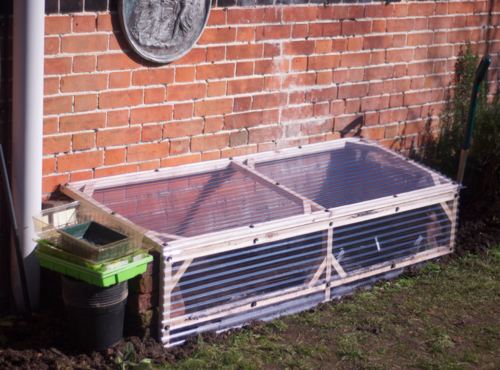
If the cold frame is made so that the lid can be removed completely, the box can be turned into a little raised garden bed during the summer months. In this case, simply fill with soil and well-rotted manure and plant the vegetables, flowers, etc., as wished. This provides a dual purpose use for the cold frame that is well worth the effort of creating a removable lid.
+++++ Please feel free to add some patterns, designs, instructions, etc., for building a cold frame from scratch. ++++++++
Using the cold frame
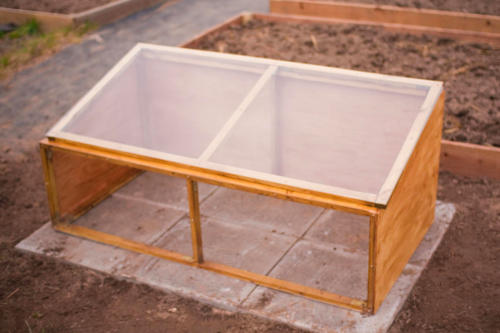
Ensure that the cold frame is placed on a firm and even base.
Fill the base of the cold frame with an appropriate growing medium for the seeds and/or seedlings. Plant the seeds or seedlings.
A cold frame requires the gardener to remember to open and close it, so you may need to set yourself daily reminders on your phone, clock or calendar. During the daytime, provided it is warm, the glassed lid should be opened to allow the warmth in and to let air circulate. At night, the glassed lid should be shut, to retain the warmth and to prevent the plants from getting too cold.
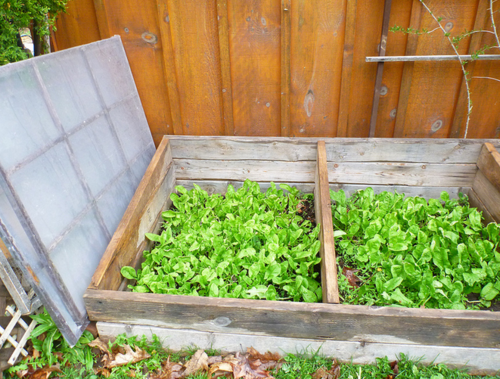
As the season warms up, remove the plants and transplant them to the garden. Or, remove the plants and the lid, refill with suitable soil and well-rotted manure/compost and replant the seedlings to keep growing in the instant raised garden bed. Do not restore the lid though; put it away for the next season of use.
What to grow in a cold frame
Vegetables and flowers are good choices to start in a cold frame.
If you want lettuces, radishes, arugula (rocket), bok choy and other salad style vegetables, or herbs, a cold frame is great for both starting these veggies and herbs and continuing to grow them during a cold season.
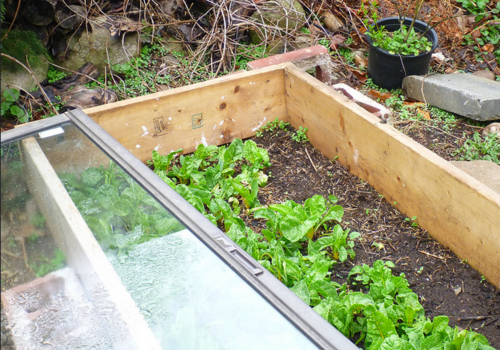
Storing the cold frame
A cold frame can be left in place all year round, provided it isn't subjected to too much weathering. If weathering is likely to be a problem, pack it up and store it in a garden shed during winter, then rebuild it when it is needed.
Another alternative is to cover it with a tarpaulin or other suitable covering for over-wintering, to prevent it from being covered in snow or rain directly.
When the cold frame does begin to rot, replace the rotted parts with new pieces of wood.